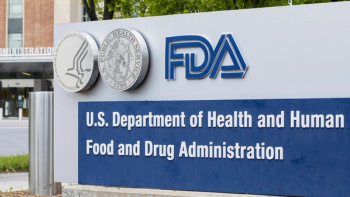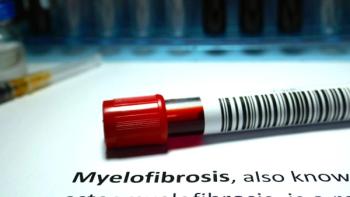
Oral Sex Timing and Intensity Could Be Risk Factors of Oropharyngeal Cancer
Patients with oropharyngeal cancer demonstrate higher rates of ever performing, timing, number of partners and intensity in oral sex than matching participants, suggesting an association between behavior and diagnosis.
Younger age and an increased number of oral partners in a 10-year span are two measures of sexual behavior found to be new, independent risk factors for developing human papillomavirus (HPV)-related oropharyngeal cancer, according to data published in Cancer.
“Although lifetime number of oral sex partners, a surrogate for oral exposure to HPV, is known to be associated with risk for HPV-oropharyngeal cancer, this is the first study to demonstrate that other contextual factors such as timing and intensity are also associated with diagnosis of HPV-oropharyngeal cancer,” they added.
Previous studies reported that HPV-related oropharyngeal cancer is associated with sexual behavior, but these studies lacked contextual data, such as relationship dynamics and intensity of exposure. Therefore, the researchers sought to better understand other behavioral factors associated with HPV-related oropharyngeal cancer risk, exploring differences in sexual debut behaviors, exposure intensity and relationship dynamics.
The study compared 163 patients who were diagnosed with oropharyngeal cancer with a matching control group of 345 participants. At enrollment, both groups completed a survey and provided a blood sample, while patients also provided a tumor sample. The survey consisted of detailed questions about lifetime and recent sexual behaviors, number of sexual partners, age of sexual initiation, order of sexual acts, partner dynamics, substance use with sex, extramarital sex, demographics, substance use and comorbidities.
The majority of participants were men, ranged in age from 50 to 69 years, were living with a partner and identified as heterosexual.
Patients with HPV-related oropharyngeal cancer were more likely than controls to have ever performed oral sex (98.8% versus 90.4%) and reported that they had performed oral sex at the time of sexual debut (33.33% versus 21.4%). Patients with HPV- oropharyngeal cancer were also significantly younger at first time of performing oral sex for the first time, including 37.4% who were younger than 18 years, compared to 22.6% of controls who were older than 20.
“Although early oral sex debut may be a surrogate for either riskier sexual behavior or higher lifetime potential exposure to HPV, it remained significant after adjusting for total number of both oral and vaginal sex partners, suggesting that early oral sex may be capturing a different aspect of risk,” the researchers explained. “Changing behavioral norms have shifted the population average toward an earlier age of sexual debut, and younger generations are more likely to perform oral sex at sexual debut. The finding that earlier age of oral sex may increase odds of HPV-(oropharyngeal cancer) suggests this societal change in behavior could be one reason for the increasing incidence of (the disease).”
The number of lifetime oral sex partners was also higher among patients with HPV-related oropharyngeal cancer, including 44.8% with more than 10 partners, compared to 19.1% of controls who had more than 10 partners. Moreover, the intensity of oral sexual exposure, measured by sex-years (number of partners per 10 years), was also significantly higher among patients with HPV-related oropharyngeal cancer, with 30.8% of patients reporting more than five partners per 10 years, compared to 11.1% in the control arm.
“Similar to how pack-years describes tobacco history and drink-years characterizes alcohol use, the new metric of sex-years characterizes cumulative sexual exposure over time as a surrogate for potential exposure to HPV,” the researchers explained. “Our data suggest that higher concentration and intensity of partner exposure is an independent predictor of HPV-(oropharyngeal cancer) risk, as evidenced by an association of increased sex- years with HPV-(oropharyngeal cancer) even after adjusting for number of oral sex partners.”
The researchers concluded that their study provided a “comprehensive behavioral picture of HPV-related oropharyngeal cancer to date…suggesting that these behaviors may explain additional nuances of how and why some people develop HPV-(oropharyngeal cancer).”
For more news on cancer updates, research and education, don’t forget to





